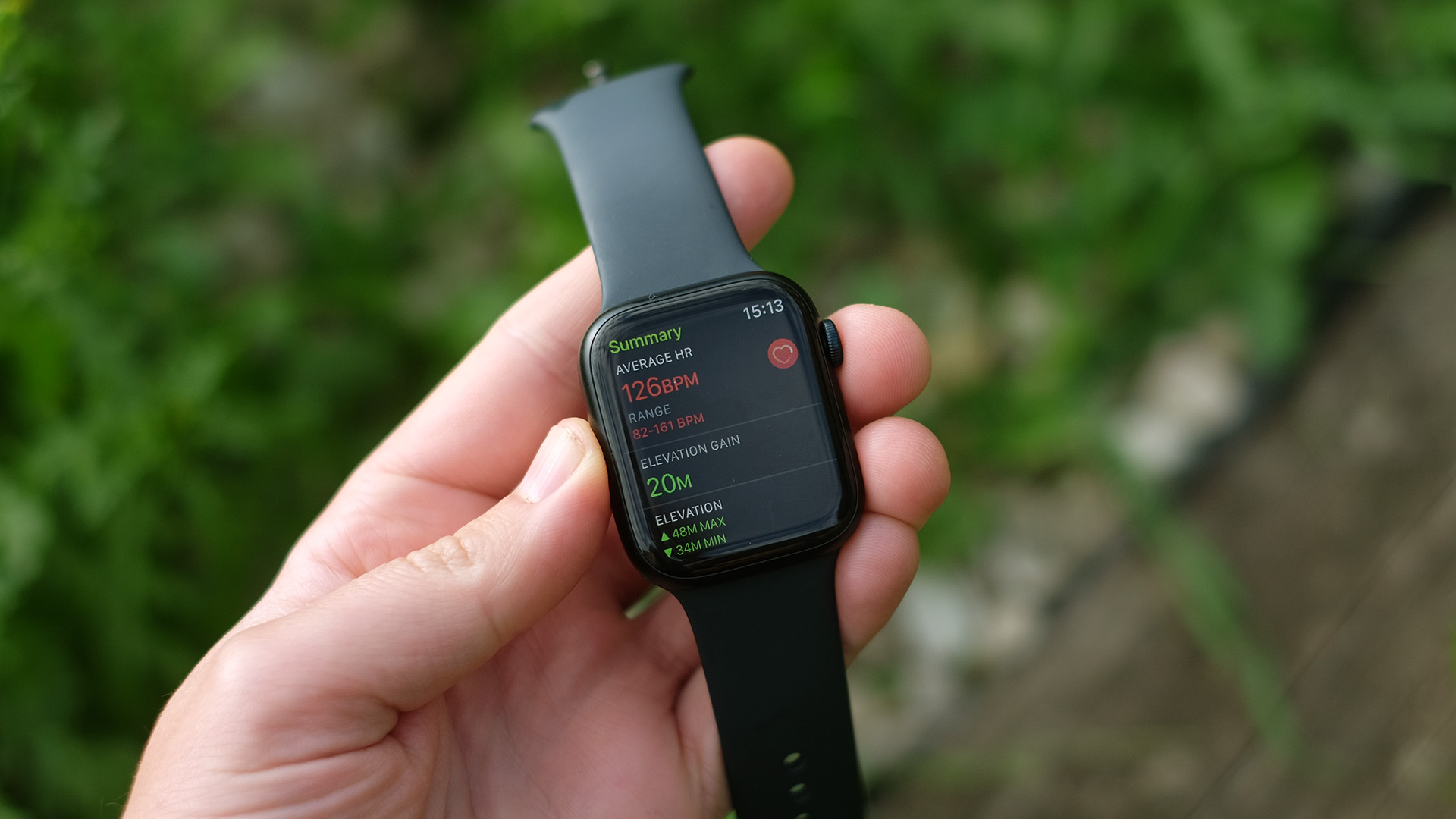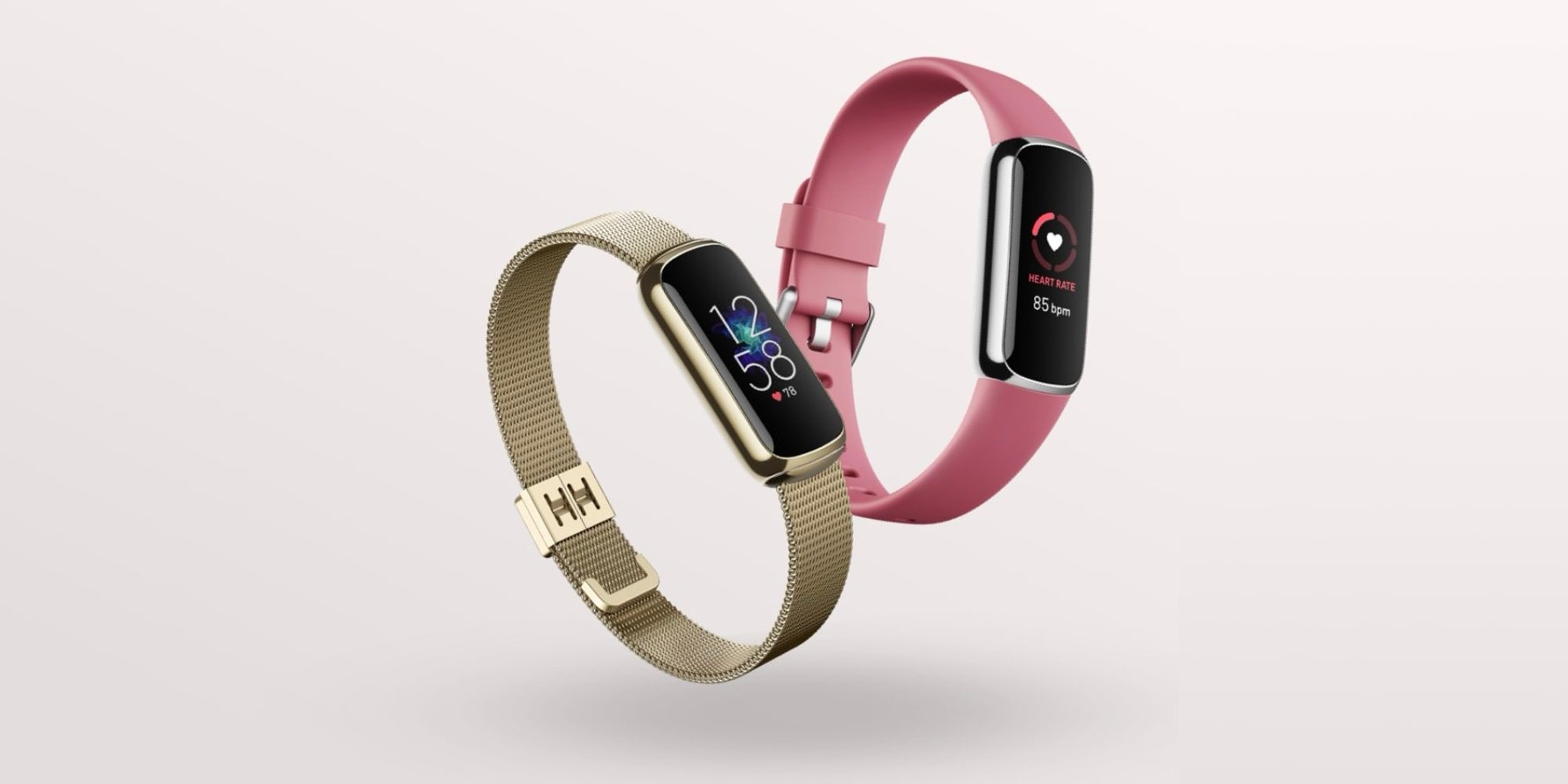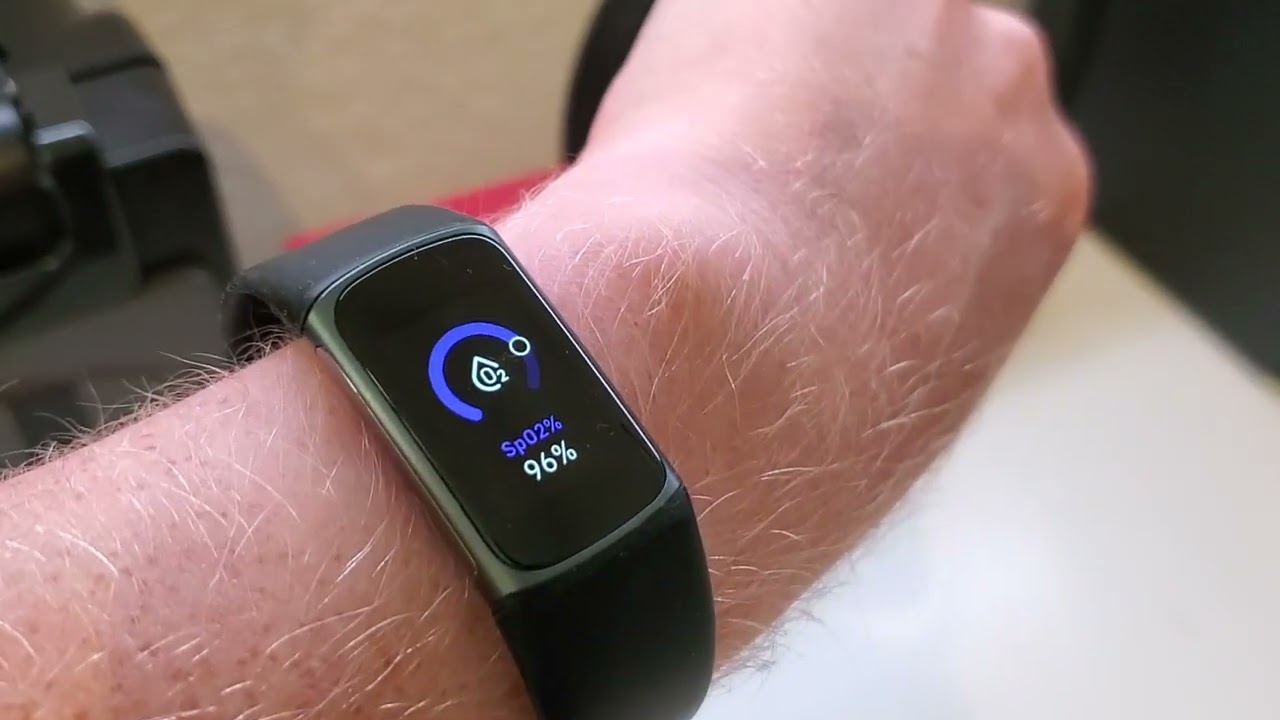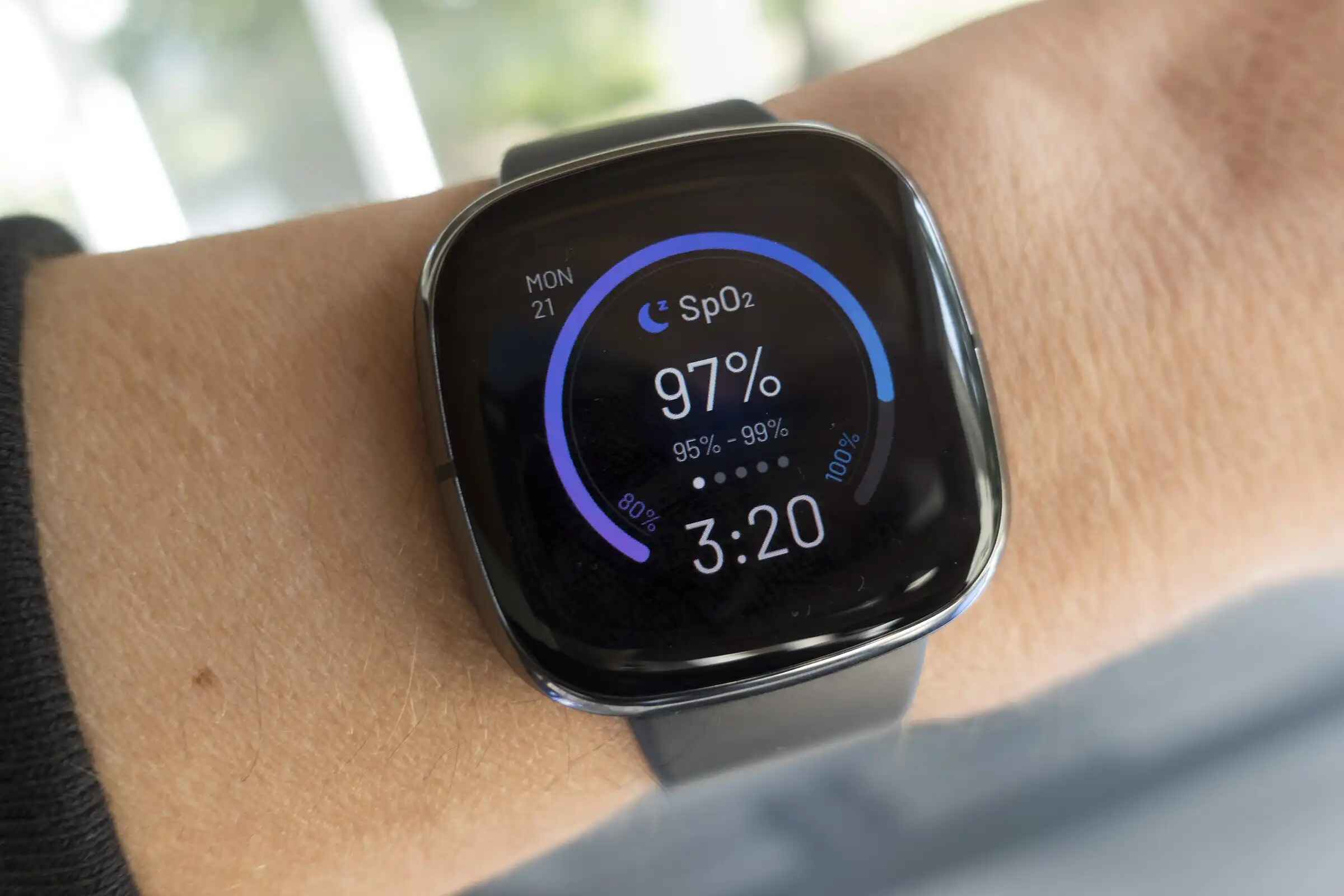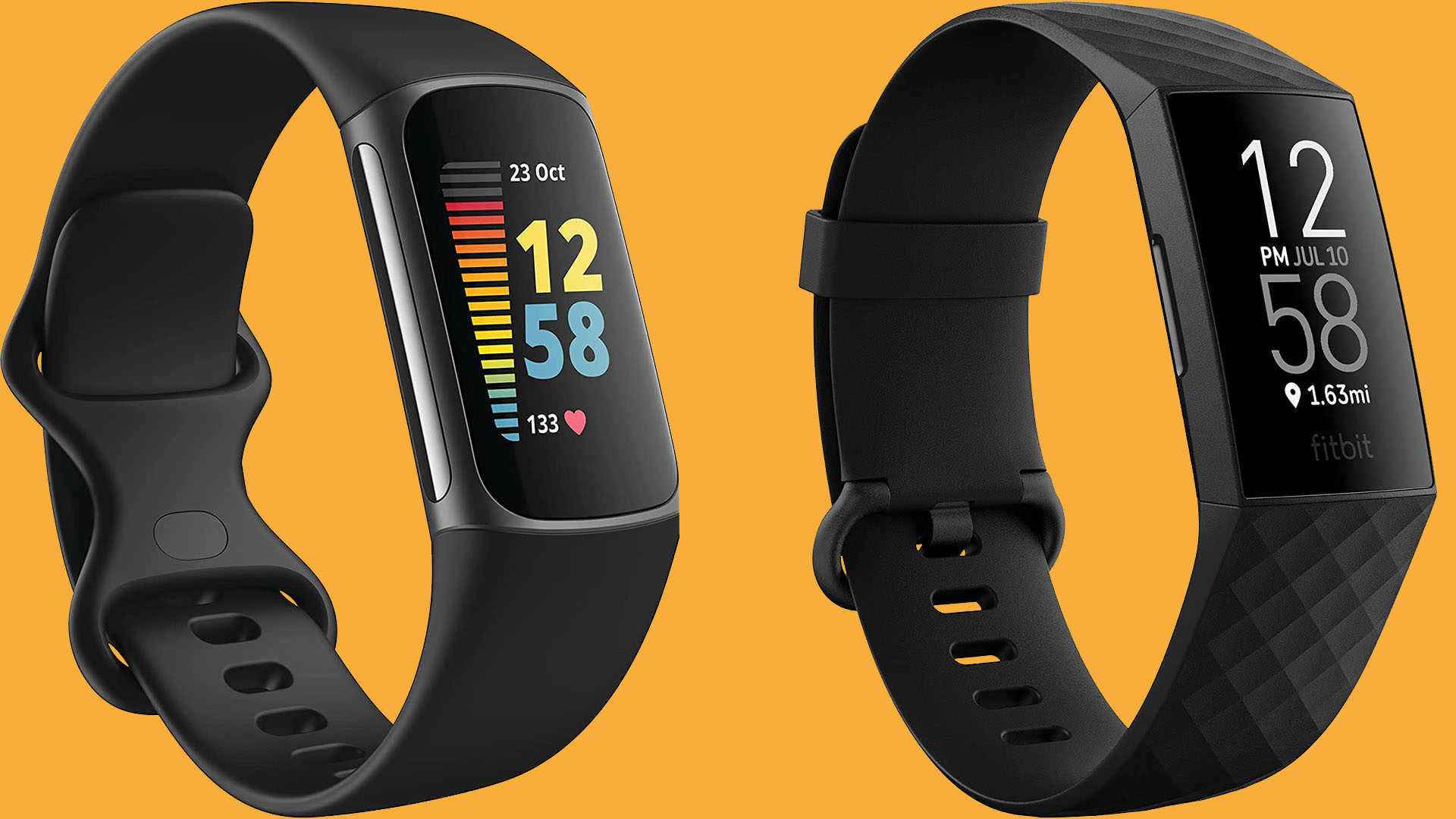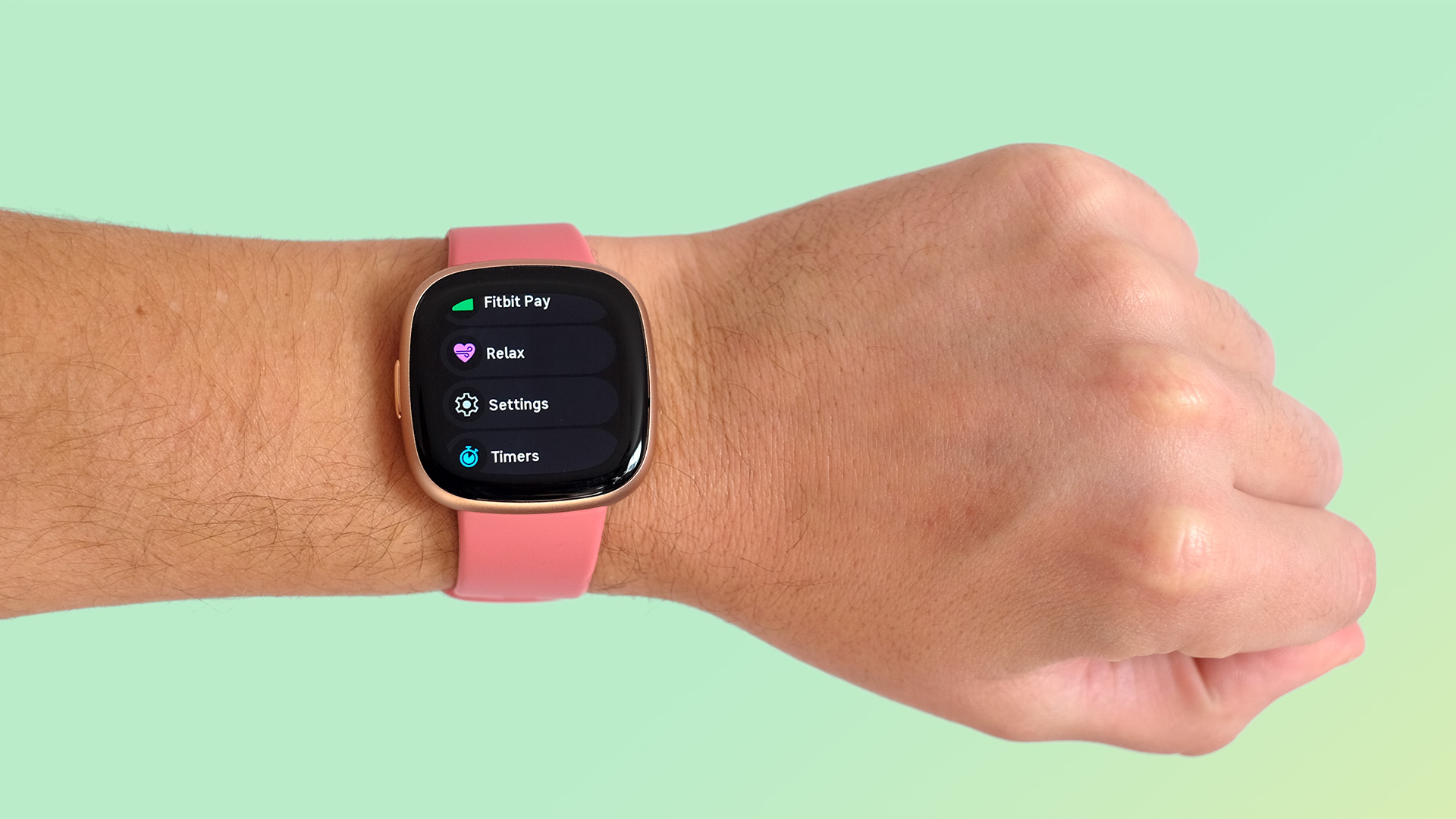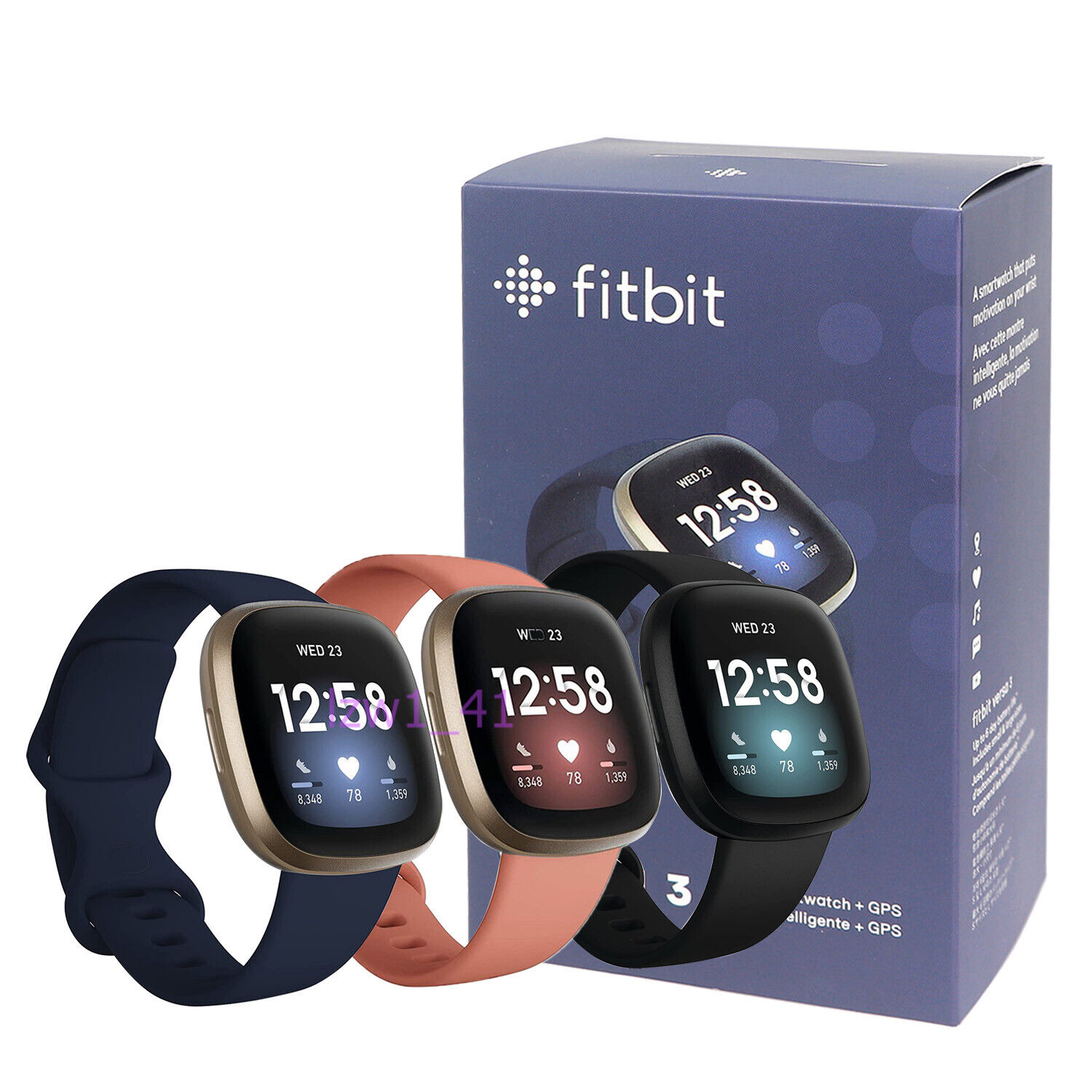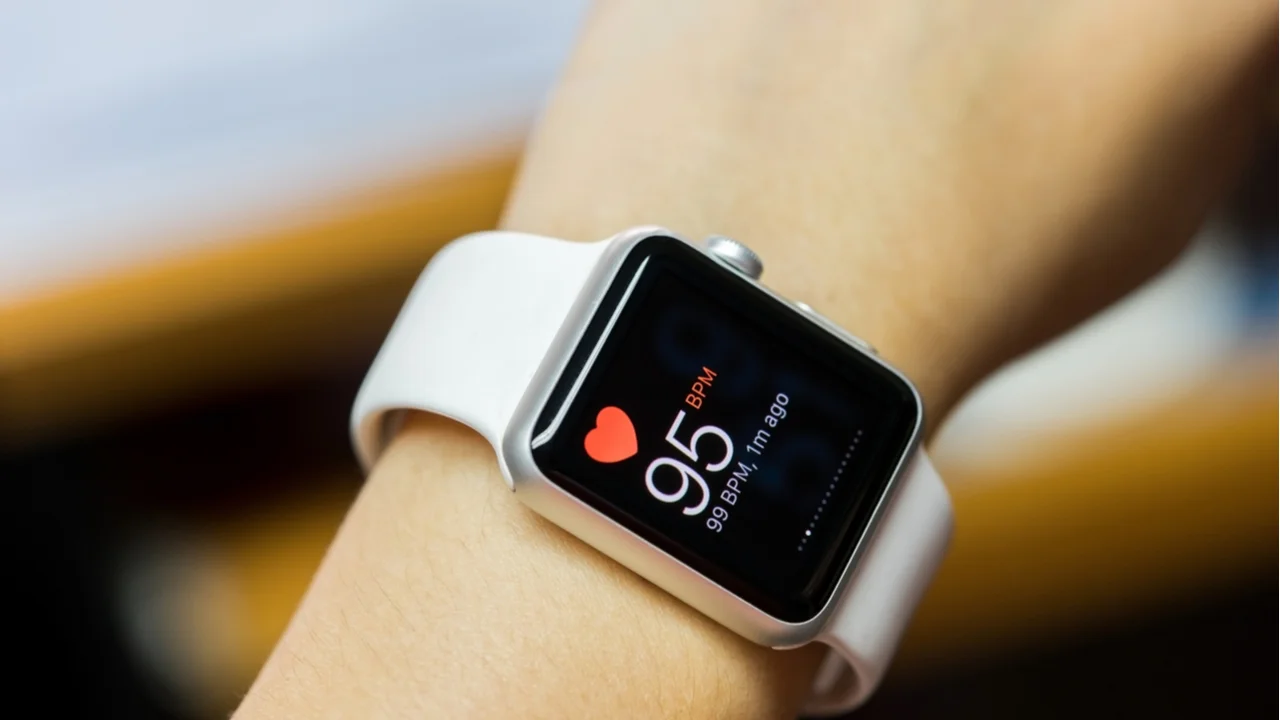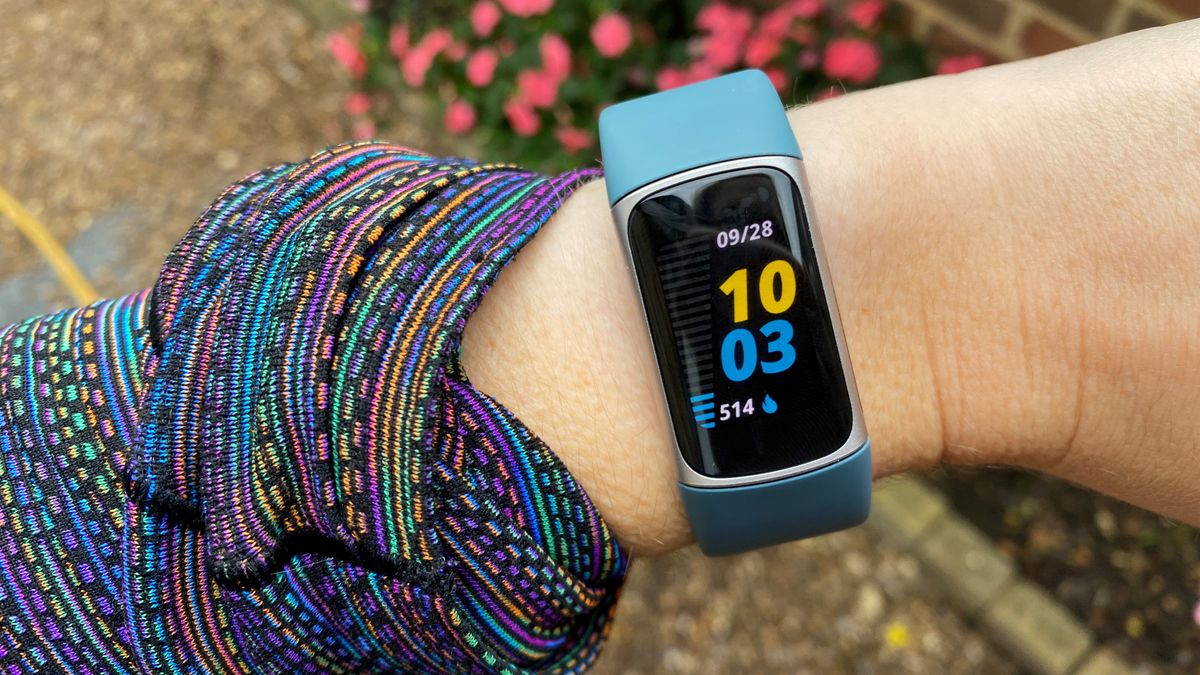Introduction
Wearable technology has revolutionized the way we monitor our health and fitness, offering a myriad of features that provide valuable insights into our well-being. One such feature that has garnered increasing attention is the measurement of oxygen saturation levels. This vital metric, which indicates the percentage of oxygen bound to hemoglobin in the blood, plays a crucial role in assessing respiratory function and overall health.
As the demand for wearable devices with advanced health monitoring capabilities continues to soar, consumers are increasingly turning to brands like Fitbit for their comprehensive health tracking needs. Fitbit, a frontrunner in the wearable technology market, has integrated oxygen saturation measurement into its latest devices, promising users a deeper understanding of their respiratory health.
Given the significance of accurate oxygen saturation measurements, it is imperative to delve into the precision of Fitbit's technology in this regard. This assessment is crucial for both consumers relying on these devices for personal health management and healthcare professionals who may consider incorporating such data into their clinical assessments.
In this article, we will explore the technology behind Fitbit's oxygen saturation measurement, evaluate the methods used to assess its accuracy, and discuss the potential implications of the findings for users and healthcare practitioners. By delving into these aspects, we aim to provide a comprehensive understanding of Fitbit's oxygen saturation measurement accuracy and its impact on personal health tracking and clinical practice.
Understanding Oxygen Saturation
Oxygen saturation, often abbreviated as SpO2, refers to the percentage of hemoglobin in the blood that is saturated with oxygen. This metric is a key indicator of respiratory function and overall health. Hemoglobin, the protein in red blood cells responsible for transporting oxygen from the lungs to the rest of the body, can carry oxygen molecules and release them to tissues as needed. When hemoglobin is fully saturated, it carries the maximum amount of oxygen possible at a given temperature and pressure.
The measurement of oxygen saturation is crucial in assessing the efficiency of oxygen delivery to the body's tissues. It provides valuable insights into respiratory function, helping to identify potential issues such as hypoxemia (low blood oxygen levels) or respiratory conditions that may hinder oxygen uptake.
Oxygen saturation is typically measured non-invasively using pulse oximetry, a technique that utilizes light absorption to determine the percentage of oxygen-bound hemoglobin in the blood. This method involves emitting light at two different wavelengths through a pulsatile vascular bed, such as a fingertip, and then measuring the amount of light absorbed by oxygenated and deoxygenated hemoglobin. The ratio of absorbed light at these two wavelengths enables the calculation of oxygen saturation.
The standard range for oxygen saturation in arterial blood is approximately 95-100%. Levels below 90% may indicate hypoxemia and warrant further investigation. In contrast, levels above 100% are not physiologically possible and may indicate measurement errors or other underlying conditions.
Understanding oxygen saturation is essential for monitoring respiratory health, particularly in individuals with respiratory conditions, such as chronic obstructive pulmonary disease (COPD), asthma, or sleep apnea. Additionally, athletes and individuals who engage in high-altitude activities can benefit from tracking their oxygen saturation levels to optimize performance and ensure safe oxygen intake during strenuous activities.
By comprehending the significance of oxygen saturation and its measurement through pulse oximetry, individuals can proactively monitor their respiratory health and seek appropriate medical attention if deviations from the normal range are observed. Furthermore, wearable devices equipped with oxygen saturation monitoring capabilities, such as Fitbit, offer users a convenient means of tracking this vital metric and gaining valuable insights into their overall well-being.
Importance of Accurate Oxygen Saturation Measurement
Accurate measurement of oxygen saturation holds paramount importance in healthcare and personal health monitoring. The precise assessment of oxygen saturation levels provides critical insights into respiratory function, circulatory efficiency, and overall well-being. By ensuring the accuracy of oxygen saturation measurements, individuals and healthcare professionals can make informed decisions regarding respiratory health management and clinical interventions.
One of the primary reasons for the significance of accurate oxygen saturation measurement is its role in identifying respiratory insufficiency. In individuals with respiratory conditions such as chronic obstructive pulmonary disease (COPD), asthma, or pneumonia, accurate monitoring of oxygen saturation levels is crucial for early detection of hypoxemia, which can lead to serious complications if left unaddressed. By promptly recognizing decreases in oxygen saturation, healthcare providers can initiate appropriate interventions to improve oxygenation and prevent respiratory distress.
Moreover, accurate oxygen saturation measurement is vital for assessing the impact of environmental factors on respiratory health. Individuals who work or engage in activities at high altitudes, where oxygen levels are lower, need to monitor their oxygen saturation to prevent altitude-related illnesses such as hypoxia. Additionally, athletes and sports enthusiasts can utilize oxygen saturation measurements to optimize their training regimens and ensure safe oxygen intake during strenuous physical activities.
In clinical settings, accurate oxygen saturation measurement is indispensable for monitoring patients during surgical procedures, recovery from anesthesia, or in intensive care units. It enables healthcare professionals to closely monitor patients' oxygenation status and promptly intervene if oxygen levels deviate from the normal range. Furthermore, accurate oxygen saturation measurement is crucial for assessing the effectiveness of respiratory therapies and interventions, guiding treatment decisions, and evaluating the progression of respiratory conditions.
For individuals managing chronic respiratory conditions at home, such as those with sleep apnea or pulmonary fibrosis, accurate oxygen saturation measurement empowers them to proactively monitor their respiratory health and seek timely medical attention if oxygen saturation levels indicate potential issues. This proactive approach can lead to better disease management and improved overall quality of life.
In the realm of personal health and wellness, the accuracy of oxygen saturation measurements provided by wearable devices like Fitbit is instrumental in empowering individuals to take charge of their health. By obtaining reliable oxygen saturation data, users can gain valuable insights into their respiratory well-being, track changes over time, and make informed decisions to optimize their health and well-being.
In essence, the importance of accurate oxygen saturation measurement cannot be overstated. It underpins the effective management of respiratory conditions, plays a pivotal role in clinical assessments, and empowers individuals to monitor and safeguard their respiratory health. As wearable technology continues to evolve, the precision of oxygen saturation measurements becomes increasingly crucial in providing actionable health insights and enhancing overall well-being.
Fitbit's Oxygen Saturation Measurement Technology
Fitbit has integrated oxygen saturation (SpO2) measurement technology into its advanced wearable devices, offering users the capability to track this vital metric alongside other health and fitness data. The implementation of SpO2 monitoring represents a significant advancement in Fitbit's commitment to providing comprehensive health insights to its users.
The technology employed by Fitbit for oxygen saturation measurement leverages a process known as photoplethysmography (PPG). This non-invasive optical technique involves emitting and detecting light to measure changes in blood volume, thereby enabling the estimation of oxygen saturation levels. Fitbit's devices utilize green and red lights to illuminate the skin and capture the resulting reflections, allowing for the calculation of oxygen saturation based on the absorption of these light wavelengths.
By integrating PPG-based SpO2 monitoring into its wearable devices, Fitbit offers users the convenience of continuous oxygen saturation tracking during various activities, including sleep. This continuous monitoring capability allows for comprehensive insights into how oxygen saturation levels fluctuate throughout the day and during different activities, providing users with a holistic view of their respiratory health.
Fitbit's oxygen saturation measurement technology is designed to provide users with actionable insights into their respiratory well-being. The incorporation of SpO2 data into the Fitbit app enables users to track trends in their oxygen saturation levels, identify potential deviations from the normal range, and gain a deeper understanding of how factors such as physical exertion, altitude, or sleep patterns may impact their respiratory health.
Furthermore, Fitbit's SpO2 monitoring technology facilitates the detection of potential breathing disturbances during sleep, offering users the ability to assess their sleep quality and identify patterns that may warrant further evaluation by healthcare professionals. This functionality aligns with Fitbit's holistic approach to health monitoring, empowering users to proactively manage their overall well-being.
The integration of oxygen saturation measurement technology into Fitbit's wearable devices underscores the brand's commitment to delivering comprehensive health insights to users, further enhancing the utility of these devices for personal health management. As wearable technology continues to evolve, the precision and convenience of SpO2 monitoring provided by Fitbit contribute to a more comprehensive approach to health tracking, enabling users to make informed decisions to optimize their respiratory well-being.
By leveraging advanced optical techniques and continuous monitoring capabilities, Fitbit's oxygen saturation measurement technology represents a significant advancement in wearable health monitoring, offering users valuable insights into their respiratory health and enhancing the overall utility of Fitbit devices for personal health management.
Methods for Assessing Fitbit's Accuracy
Assessing the accuracy of Fitbit's oxygen saturation measurement technology involves rigorous evaluation through comparative analysis and validation against established reference methods. The following methods are commonly employed to assess the precision and reliability of Fitbit's SpO2 monitoring:
-
Laboratory Validation Studies: Researchers and healthcare professionals conduct controlled laboratory studies to compare the oxygen saturation measurements obtained from Fitbit devices with those from clinically validated pulse oximeters. These studies involve simultaneous measurements of SpO2 using both the Fitbit device and a medical-grade pulse oximeter, allowing for direct comparison and statistical analysis of the data. Laboratory validation studies provide valuable insights into the correlation and agreement between Fitbit's SpO2 measurements and those obtained from reference devices under controlled conditions.
-
Real-World Data Analysis: Real-world data collected from individuals wearing Fitbit devices during various activities, including rest, exercise, and sleep, are analyzed to assess the accuracy and consistency of SpO2 measurements. This method involves evaluating the performance of Fitbit's oxygen saturation monitoring technology in diverse scenarios, reflecting the everyday use of the devices. By comparing SpO2 data obtained from Fitbit devices with expected physiological responses and known patterns of oxygen saturation changes, researchers can evaluate the reliability of the measurements in real-world settings.
-
Clinical Validation Trials: Collaborative efforts between Fitbit and healthcare institutions may involve conducting clinical validation trials to assess the accuracy of SpO2 measurements in individuals with respiratory conditions or during specific healthcare interventions. These trials aim to validate the performance of Fitbit's oxygen saturation monitoring technology in clinical settings, providing valuable data on its accuracy in diverse patient populations and healthcare scenarios.
-
Statistical Analysis and Correlation Studies: Statistical methods, such as Bland-Altman analysis and correlation coefficient calculations, are utilized to quantify the agreement between oxygen saturation measurements obtained from Fitbit devices and reference pulse oximeters. These analyses enable researchers to assess the level of agreement, potential biases, and the precision of Fitbit's SpO2 measurements relative to established standards.
By employing a combination of these methods, researchers and healthcare professionals can comprehensively evaluate the accuracy and reliability of Fitbit's oxygen saturation measurement technology. The findings derived from these assessment methods contribute to a deeper understanding of the precision of SpO2 monitoring provided by Fitbit devices, informing users and healthcare practitioners about the utility and potential considerations when interpreting oxygen saturation data obtained from these wearable devices.
Results of Accuracy Assessment
The accuracy assessment of Fitbit's oxygen saturation measurement technology yielded compelling insights into the precision and reliability of SpO2 monitoring provided by Fitbit devices. Through rigorous evaluation using laboratory validation studies, real-world data analysis, clinical validation trials, and statistical correlation studies, researchers and healthcare professionals obtained valuable data regarding the performance of Fitbit's oxygen saturation measurement technology.
Laboratory validation studies revealed a strong correlation between the oxygen saturation measurements obtained from Fitbit devices and those from clinically validated pulse oximeters. The simultaneous measurements conducted under controlled conditions demonstrated a high level of agreement, indicating the accuracy of Fitbit's SpO2 monitoring technology in comparison to established reference methods. Statistical analyses, including Bland-Altman assessments, further confirmed the consistency and precision of Fitbit's oxygen saturation measurements, providing users and healthcare practitioners with confidence in the reliability of the data obtained from these wearable devices.
Real-world data analysis offered comprehensive insights into the performance of Fitbit's SpO2 monitoring in diverse scenarios, reflecting the everyday use of the devices. The assessment of oxygen saturation measurements during rest, exercise, and sleep revealed consistent and reliable data, aligning with expected physiological responses and known patterns of oxygen saturation changes. Users benefited from the reliability of SpO2 measurements in various activities, empowering them to track their respiratory health with confidence.
Clinical validation trials further validated the accuracy of Fitbit's oxygen saturation measurement technology in real-world healthcare settings. The performance of SpO2 monitoring in individuals with respiratory conditions and during specific healthcare interventions showcased the utility and precision of Fitbit devices in clinical applications. The findings from these trials contributed to a deeper understanding of the practical implications of using Fitbit's SpO2 data in healthcare assessments, reinforcing the value of reliable oxygen saturation measurements for both users and healthcare professionals.
In summary, the results of the accuracy assessment underscored the precision and reliability of Fitbit's oxygen saturation measurement technology. The data obtained from rigorous evaluation methods confirmed the accuracy of SpO2 monitoring provided by Fitbit devices, offering users actionable insights into their respiratory health and empowering healthcare practitioners with valuable data for clinical assessments.
Implications for Users and Healthcare Professionals
The precision and reliability of Fitbit's oxygen saturation measurement technology carry significant implications for both users and healthcare professionals. These implications extend beyond the realm of personal health tracking and have the potential to influence clinical assessments and interventions.
For users, the accurate SpO2 monitoring provided by Fitbit devices translates into actionable insights into their respiratory well-being. By having access to reliable oxygen saturation data, users can proactively monitor their respiratory health, track changes in SpO2 levels, and identify potential deviations from the normal range. This empowers individuals to make informed decisions about their lifestyle, physical activities, and overall well-being. Furthermore, the continuous monitoring capabilities of Fitbit devices enable users to gain a comprehensive understanding of how factors such as exercise, sleep patterns, and environmental conditions may impact their oxygen saturation levels. This holistic approach to health tracking allows users to optimize their respiratory well-being and seek timely medical attention if deviations from the norm are observed.
In the healthcare domain, the accuracy of Fitbit's SpO2 measurements holds implications for clinical assessments and patient care. Healthcare professionals can leverage the reliable oxygen saturation data obtained from Fitbit devices to complement their clinical evaluations, especially in scenarios where continuous monitoring of SpO2 levels is beneficial. The ability to integrate data from wearable devices into clinical assessments can enhance the comprehensive understanding of a patient's respiratory health and aid in making well-informed treatment decisions. Additionally, the utility of Fitbit's SpO2 monitoring technology in identifying potential breathing disturbances during sleep can support healthcare professionals in the evaluation and management of sleep-related respiratory conditions.
Moreover, the reliable oxygen saturation measurements provided by Fitbit devices offer healthcare professionals valuable insights into patients' respiratory well-being outside clinical settings. This real-world data can contribute to a more holistic approach to patient care, enabling healthcare practitioners to monitor the effectiveness of respiratory interventions, track the progression of respiratory conditions, and empower patients to actively participate in managing their respiratory health.
Overall, the precision and reliability of Fitbit's oxygen saturation measurement technology have far-reaching implications for users and healthcare professionals. By providing accurate SpO2 data, Fitbit devices empower individuals to take proactive steps towards optimizing their respiratory well-being, while offering healthcare professionals valuable insights to enhance clinical assessments and patient care. As wearable technology continues to evolve, the implications of reliable SpO2 monitoring extend to broader applications, shaping the future of personal health management and clinical practice.
Conclusion
The assessment of Fitbit's oxygen saturation measurement technology has unveiled a significant milestone in the realm of wearable health monitoring. Through rigorous evaluation methods, including laboratory validation studies, real-world data analysis, and clinical validation trials, the precision and reliability of Fitbit's SpO2 monitoring have been demonstrated. The results of these assessments underscore the accuracy of oxygen saturation measurements provided by Fitbit devices, offering users actionable insights into their respiratory health and empowering healthcare professionals with valuable data for clinical assessments.
The implications of Fitbit's accurate SpO2 monitoring extend to both personal health management and clinical practice. For users, the reliability of oxygen saturation data enables proactive monitoring of respiratory well-being, facilitating informed decisions about lifestyle, physical activities, and overall health. The continuous monitoring capabilities of Fitbit devices provide a comprehensive understanding of how various factors impact oxygen saturation levels, empowering users to optimize their respiratory well-being and seek timely medical attention if deviations from the norm are observed.
In the healthcare domain, the precision of Fitbit's SpO2 measurements holds promise for enhancing clinical assessments and patient care. Healthcare professionals can leverage reliable oxygen saturation data from wearable devices to complement their evaluations, monitor the effectiveness of respiratory interventions, and track the progression of respiratory conditions. Additionally, the utility of Fitbit's SpO2 monitoring technology in identifying potential breathing disturbances during sleep can support healthcare professionals in the evaluation and management of sleep-related respiratory conditions.
Overall, the accuracy of Fitbit's oxygen saturation measurement technology represents a significant advancement in wearable health monitoring. The ability to obtain reliable SpO2 data empowers individuals to take proactive steps towards optimizing their respiratory well-being, while offering healthcare professionals valuable insights to enhance clinical assessments and patient care. As wearable technology continues to evolve, the implications of reliable SpO2 monitoring extend to broader applications, shaping the future of personal health management and clinical practice.







